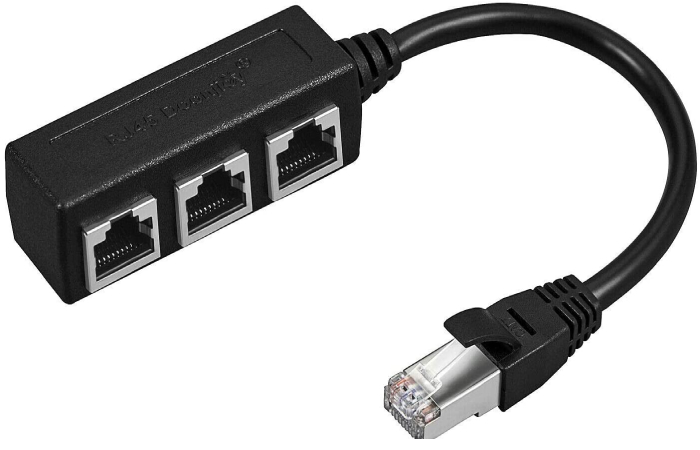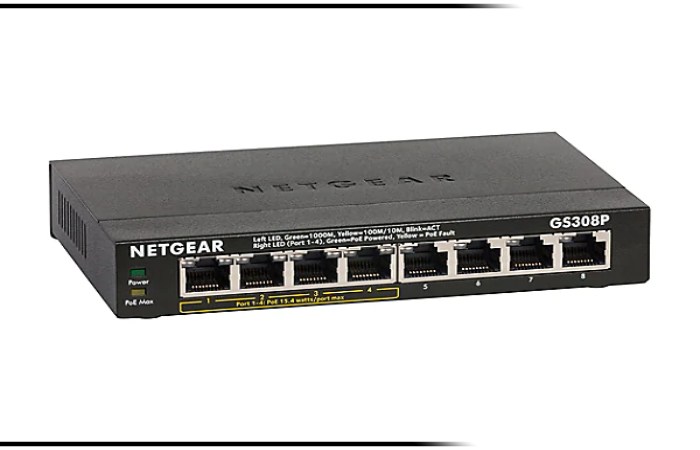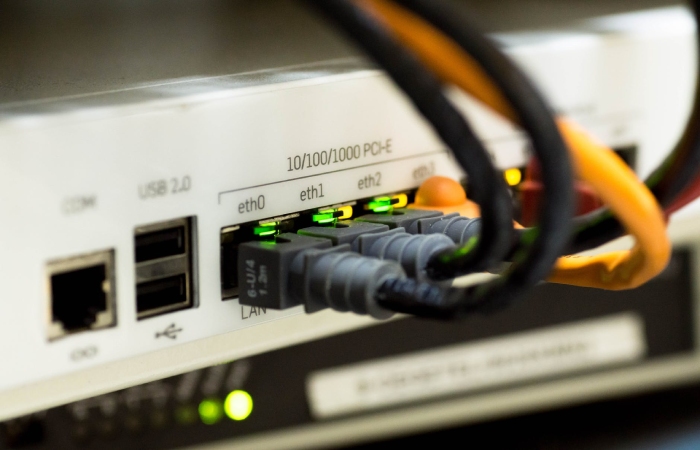Usually, we connect to our router using an ethernet or WiFi cable. The problem is that routers have limited Ethernet ports, usually four. We can easily use all these ports between PC, laptop, and PLC. And what can we do to solve the problem? In this case, we can use a splitter, switch, or ethernet hub. Today in RedesZone, we will explain the differences to choose which one suits you best.
The problem usually occurs when all the ethernet ports are busy. And, we need to connect a new computer using a network cable. The first solution that you would think of would be to buy something that would somehow allow us to have more ethernet ports. With this in mind, the following options are available to us when we have more Ethernet ports open:
-
- Ethernet splitter.
- Counter.
- Cube.
Each of these three solutions has something different to say. Therefore, before buying one of these devices, it is essential to determine which of them is best suited to us based on our requirements. Therefore, knowing the pros and cons, we can choose the option that best suits our needs. We will then explain the different devices that we can use to add more Ethernet network ports to our home or small office network.
Table of Contents
Ethernet Splitter the Most Basic and Cheapest Option

Undoubtedly the cheapest option, the most tempting, and the one with the fewest votes. An Ethernet splitter is a small device with three Ethernet ports, two on one side and one. When there are more than short ethernet cables but only one or two long cables, we can make the most of them.
An important fact is that an Ethernet splitter reduces the number of cables used in a Cat 5e Ethernet cable but reduces data throughput from 1000 Mbit / s to 100 Mbit / s. The advantage is that you can use a cable for two Ethernet connections, and they are inexpensive. However, these Ethernet splitters’ disadvantage is that they slow down network traffic. Therefore, depending on whether these computers require more or less bandwidth, they may not be able to use all of the speed that the Internet connection or the local network offers.
We should notice that an Ethernet splitter is limited to a maximum of two devices per cable. They may be acceptable in certain situations. Since we can buy a switch from € 15 with many more options, in most cases, it is not worth buying an Ethernet splitter.
Ethernet Switch: The Ideal Choice in Most Cases

If we want to convert our network cable into two or more, the switch is undoubtedly the best option to buy in most situations. The way it works is effortless. We need to connect from the router to the switch using an Ethernet network cable. Then we can use the rest of the available ethernet ports to join the new devices that we couldn’t use before. Simply put, one Ethernet port becomes multiple Ethernet ports. Switches give incoming data from your network devices its paths, so that data between devices do not interfere with each other.
The switch also supports full-duplex communication. It means that connected devices can simultaneously send and receive data, resulting in a faster network. Of course, we will continue to have the best possible network speed, usually Gigabit Ethernet. However, the first multigigabit switches with 2.5G and 5G speeds are beginning to appear.
On the contrary, if we compare it with an Ethernet splitter with two devices as a limit. And, we can connect up to five to the most basic switch. As mentioned above, controls are the most recommended option as they are also very cheap and offer more performance.
The Ethernet Hub: A Vanishing Solution

The Ethernet hub is probably the least exciting option since the switch has superseded it. A hub can be well-defined as an extensive network traffic chamber, where packets enter and leave to find the computers they want to connect. In technical terms, a hub uses what is known as half-duplex communication.
As a result of this operation, data retention and collisions created monopolize valuable bandwidth and slow down the network. The situation is complicated when using several computers at the same time.
Note that Ethernet hubs physically look like switches. When buying them, you have to be very careful not to make mistakes between the two, even if the hubs are no longer on sale as often.
Finally, remember that when we buy manageable switches that are a bit more expensive, we have buttons with all the features, high speed, and the ability to segment the network. The hub would be an interim solution that does not compensate for the price, and finally. And, we would have the ethernet splitter, which can be interesting in some situations.
